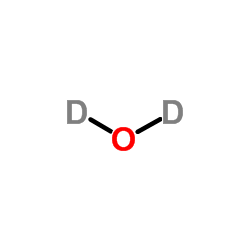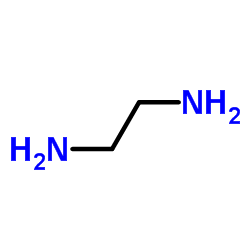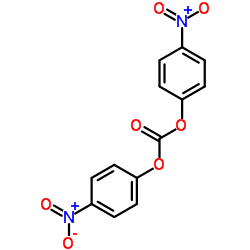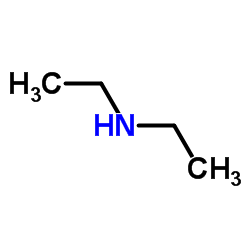| Structure | Name/CAS No. | Articles |
|---|---|---|
 |
1-(3-Dimethylaminopropyl)-3-ethylcarbodiimide hydrochloride
CAS:25952-53-8 |
|
 |
Heavy water
CAS:7789-20-0 |
|
 |
Acetone
CAS:67-64-1 |
|
 |
1,2-Ethanediamine
CAS:107-15-3 |
|
 |
dichloroethane
CAS:107-06-2 |
|
 |
Tetrabutylammonium hydroxide
CAS:2052-49-5 |
|
 |
Dimethyl sulfoxide
CAS:67-68-5 |
|
 |
L-Glutamine
CAS:56-85-9 |
|
 |
Bis(4-nitrophenyl) carbonate
CAS:5070-13-3 |
|
 |
Diethylamine
CAS:109-89-7 |